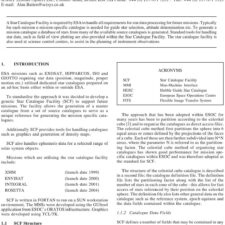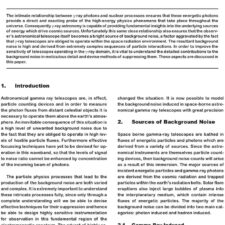World Ships – Architectures & Feasibility Revisited
£5.00
A. M. Hein (2012), JBIS, 65, 119-133
Refcode: 2012.65.119
Keywords: Manned interstellar flight, world ship, colonization, exoplanets, space colony
Abstract:
A world ship is a concept for manned interstellar flight. It is a huge, self-contained and self-sustained interstellar vehicle. It travels at a fraction of a per cent of the speed of light and needs several centuries to reach its target star system. The well- known world ship concept by Alan Bond and Anthony Martin was intended to show its principal feasibility. However, several important issues haven’t been addressed so far: the relationship between crew size and robustness of knowledge transfer, reliability, and alternative mission architectures. This paper addresses these gaps. Furthermore, it gives an update on target star system choice, and develops possible mission architectures. The derived conclusions are: a large population size leads to robust knowledge transfer and cultural adaptation. These processes can be improved by new technologies. World ship reliability depends on the availability of an automatic repair system, as in the case of the Daedalus probe. Star systems with habitable planets are probably farther away than systems with enough resources to construct space colonies. Therefore, missions to habitable planets have longer trip times and have a higher risk of mission failure. On the other hand, the risk of constructing colonies is higher than to establish an initial settlement on a habitable planet. Mission architectures with precursor probes have the potential to significantly reduce trip and colonization risk without being significantly more costly than architectures without. In summary world ships remain an interesting concept, although they require a space colony-based civilization within our own solar system before becoming feasible.





